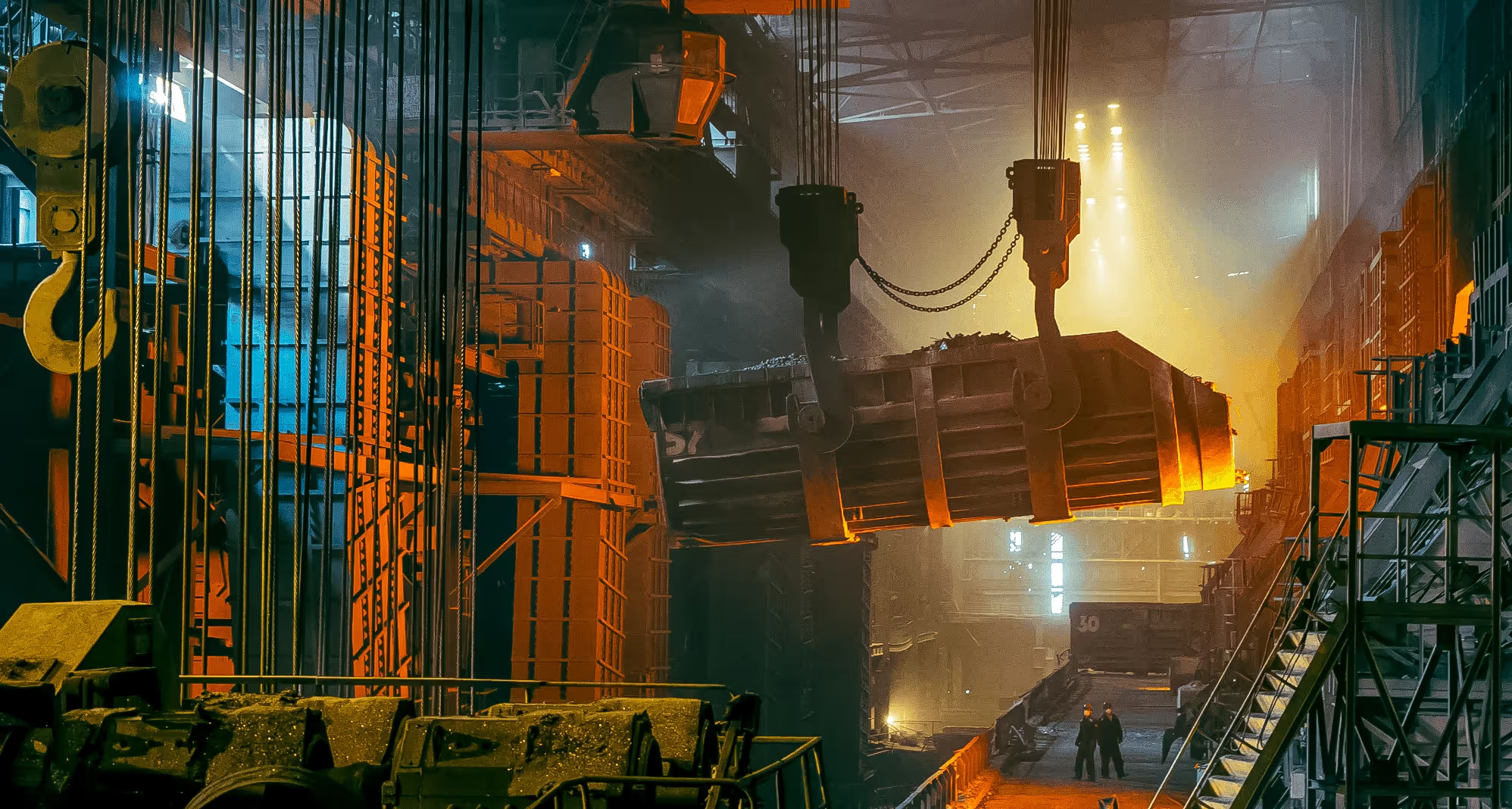Designing and manufacturing a prototype is a challenge for any business. When you are trying to make a prototype in China, the process becomes even more complex. If you are unsure how to find the manufacturer of a product from China , then trying to understand how to source a prototype may feel overwhelming and complicated.
Fortunately, getting prototypes manufactured in China is something the Kanary Team does on a regular basis. In this article, we will discuss the steps you need to follow when making a prototype in China, how unique prototypes differ from white labeling and custom products, and why being patient in the prototyping process is the most important consideration!
What Is a Prototype?
For the purpose of this article, a prototype is a brand-new, unique product that is not yet being manufactured. Throughout this article, we will use the term "unique prototype" to help distinguish between the different ways the word prototype is used in the manufacturing industry.
Just to be clear, when we talk about prototypes we are not talking about private labeling for existing products or customizing existing products. We will talk about private labeling and customizing products, services that Kanary also provides clients, later in the article.
What You Need to Make a Unique Prototype in China
If you are looking to get a unique prototype made in China, there are several steps you will need to follow. Furthermore, be ready to have design plans accessible in a digital, deliverable format, and be prepared for the upfront costs associated with manufacturing a prototype.
CAD Files
CAD (computer-aided design) files will be required if you want to make a prototype. The CAD file will detail several key components, including the specific composition of materials and how the prototype should be assembled (for example, where screws should go and what should be welded). Adobe Illustrator (AI) files are not a sufficient replacement for CAD files.
AI Files
If you have AI files for your prototype, they should be sent along with your CAD files. While AI files are not required for a prototype, they are helpful in guiding certain aesthetic aspects. AI files will become much more important if you decide to pursue private labeling or customization of existing products.
3D Printing
With rare exception, you should always expect your chosen manufacturer to create a 3D print of your prototype. 3D printing is a fast, low-cost way to check if your overall design is functional. For example, a 3D printed sample of a liquid tight storage container can confirm if a prototype is waterproof, if there are any errors with the threading, or if there are any other structural design flaws.
3D printing also allows you to approve the basic aesthetic and overall design. Theoretically, maybe the design was great, but after seeing a 3D printed version you may decide the prototype design does not fit the appeal of your overall brand. Although the 3D print will just be plastic, you will have a good idea of what your product will look like.
Mold
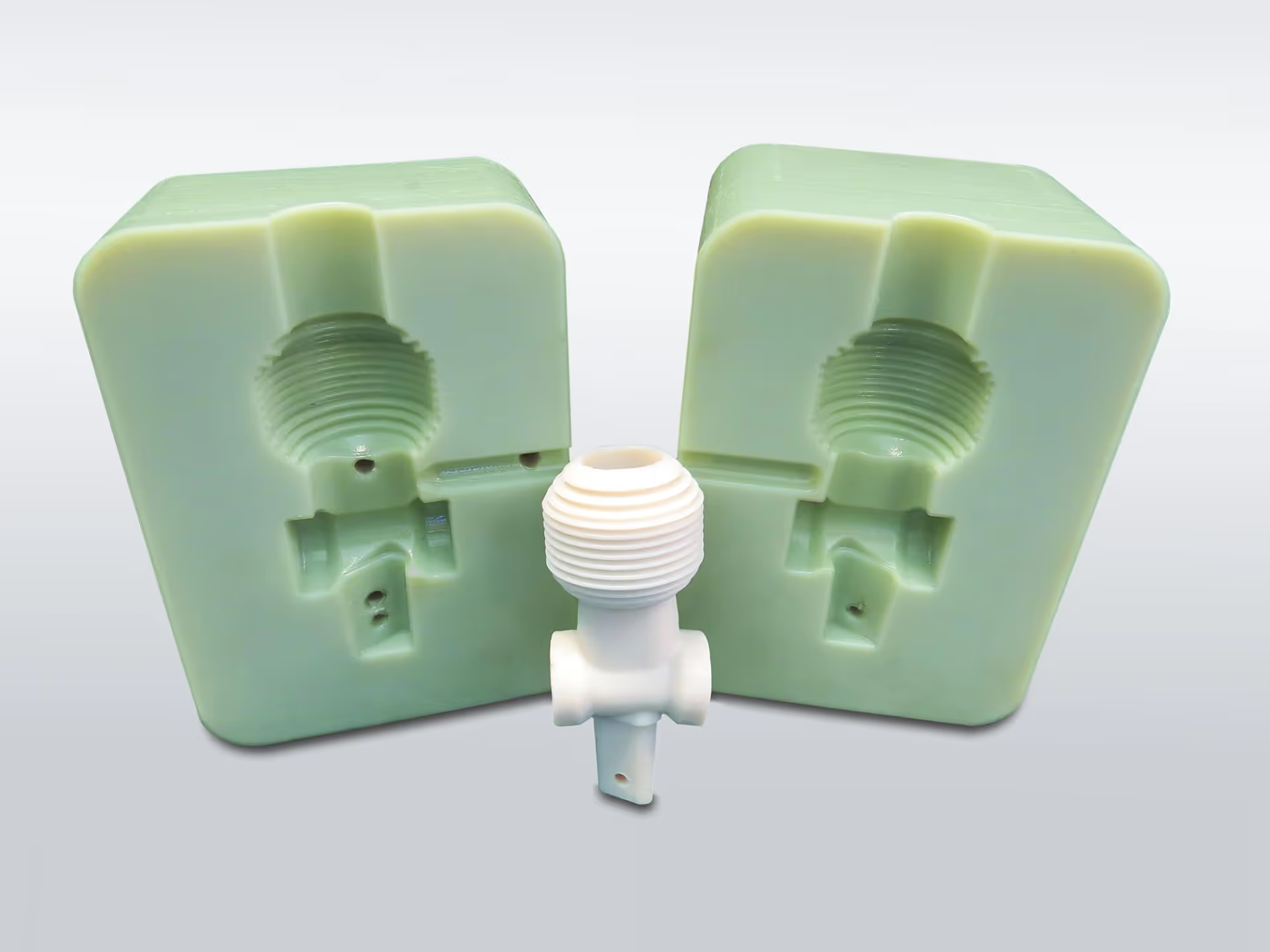
After you receive the 3D printed sample of your prototype and determine that the design works, you will move to the next step, which is getting a mold created. The mold will assist the manufacturer in making your prototype, and it is required to get a genuine sample of your product.
Your supplier is going to charge a one-time fee to create a mold. Molds can be expensive to make (think at least a thousand dollars), but many can be used for years. If you plan on manufacturing a high-volume of products, the per-unit cost associated with the mold becomes much easier to bear.
For example, if you placed an order for 1,000 units of product with a mold fee of $5,000, then you paid $5 per unit in just mold fees. However, if you order 50,000 units with the same mold fees, then your per-unit cost is just $0.10 per unit. Molds can get expensive upfront, but if your order quantity is expected to increase over time, the investment makes financial sense.
If you are looking for a healthy, long-term business relationship with a manufacturer, molds will prove to be excellent investments. Not only are they more cost-effective the more units you produce, but investing in a mold signals to your chosen manufacturer that you plan to work with them for an extended period. This is a way to encourage the supplier to prioritize your manufacturing needs over many of their other clients.
Molds will usually take between 10-30 days to create, depending on the specific product or material being manufactured. Remember, be sure to include mold creation into your prototype timeline and overall production timeline.
How To Private Label Products in China
Many businesses associate private labeling solely with prototypes. On the contrary, private labeling is just as applicable, if not more so, to genuinely unique products . China's manufacturing industry is well-equipped to accommodate private labeling for both, and as we mentioned before, assisting clients with the private labeling process is a service the Kanary Team regularly provides!
Generally, private labeling will not include CAD files or a 3D print of your product. If you are making a product that has already been manufactured, the details in a CAD file will not be needed. You can already obtain physical samples of products similar to what you want, so 3D printing is also unnecessary. The majority of the time, all you will need is an AI file of the private label (logo) and the size you want the label (logo) to appear on the product you are private labeling.
Private Label Example: Promotional Products
In order to get a better understanding of the differences between a unique prototype and private labeling, let’s look to promotional products as an example. Promotional products, like tote bags, sunglasses, pens, etc., are examples of products that are already functional. Therefore, unlike unique prototypes that still need functional approval, the only design changes necessary are superficial. For example, color changes or the addition of a brand logo.
You will still receive a sample of your final designed promotional product before mass production begins. This can be useful to verify that your design choices represent your brand appropriately. The supplier will ship you the sample, you will approve or disapprove, and then move to mass production or make corrections.
How to Get a Custom Product Made in China
Custom products are readily available when sourcing from China, and they differ from private labeling and unique prototypes. Custom products are not brand-new products (like prototypes), and the products may be altered to your specific business needs (unlike private labeling).
A product Kanary has helped customize for clients are luxury vinyl tiles. Most of the time, the tiles do not undergo private labeling because the tiles are not being labeled to be resold or to match a brand. Instead, the luxury vinyl tiles are being customized (size, color, material, etc.) according to the specific needs of the client.
For example, a client may want luxury vinyl tile flooring of a specific thickness. A client may need the tile to have customized layers, like a UV coating or another specific IXPE underlay. Of course, a client may simply need the luxury vinyl tile to have a certain look, like having wood embossing.
Luxury vinyl tiles can even be manufactured with unique functionality. For example, clients often ask for a click system, which allows the vinyl tiles to lock together for an easier, more seamless installation process. While the range of customization options is high for this product, the specific manufacturing process largely stays the same. Regardless of the customization requests, you still end up with a luxury vinyl tile.
Sampling Is Critically Important with Customized Products
You must undergo a thorough sampling process when ordering customized products. Again, we can use luxury vinyl tiles as an example to explain why. Without ordering a physical sample, you will not be able to confirm whether special, customized features, such as the right thickness, the right SPC (stone plastic composite) layer, the appropriate IXPE underlay to prevent mold or bacteria growth, have been implemented appropriately.
With customized products, it is not uncommon to make several adjustments before you land on a product that you are ready to mass produce. This means you need to be prepared for several sampling processes, which will take time. You cannot rush the sampling process, even if it adds unexpected delays to your production timeline.
Why Patience Is Important in the Prototyping Process
The most important part of getting a prototype made is being patient. You may feel the urge to rush or skip steps, especially if you are on a tight deadline, but the prototyping process cannot and should not be rushed. Rushing this process is how you end up with a final prototype that does not function, leading to several thousand products with defects.
Usually, the sampling part of the prototyping process is where you will feel the temptation to rush or speed things up. This is especially true if you think that you "know" the product functions correctly (which you do not actually know until you receive genuine samples). Samples let you confirm that your prototype design works, but it also confirms that your supplier is capable of following your instructions and design plans (which is crucial for mass production). Paying close attention to samples can help eliminate low-quality manufacturers, so you must be patient during the sampling process.
It is much better to have a slight delay and end up with the exact, functional product, than to rush the sampling process and end up with a product that you cannot use.
The overall process of making a prototype is time-intensive and expensive. You need to make sure you take your time not only during the sampling process, but also when looking for a suitable China manufacturer in the first place.
Kanary: Sourcing Specialist for Prototypes, Private Labeling, and Customizations

Kanary offers incredible advantages to businesses looking to source unique prototypes, private labels, or customized products from China. We regularly provide these services to our clients, removing the attention and work needed to successfully source any of the above. Our unique advantages include:
- Finding, or providing from our extensive supplier network, a high-quality manufacturer that already operates in your industry
- Handling all communication with the supplier while your prototype is being developed
- Scheduling all shipments during the sampling process, including 3D prints and final product samples
If you want to take advantage of China's manufacturing industry, but do not have time for the countless hours of work and close attention to detail necessary for success, then let the Kanary Team do it for you! We offer a free consultation to determine how we can best meet your needs. Reach out today and see what we can do for you!

.jpg)
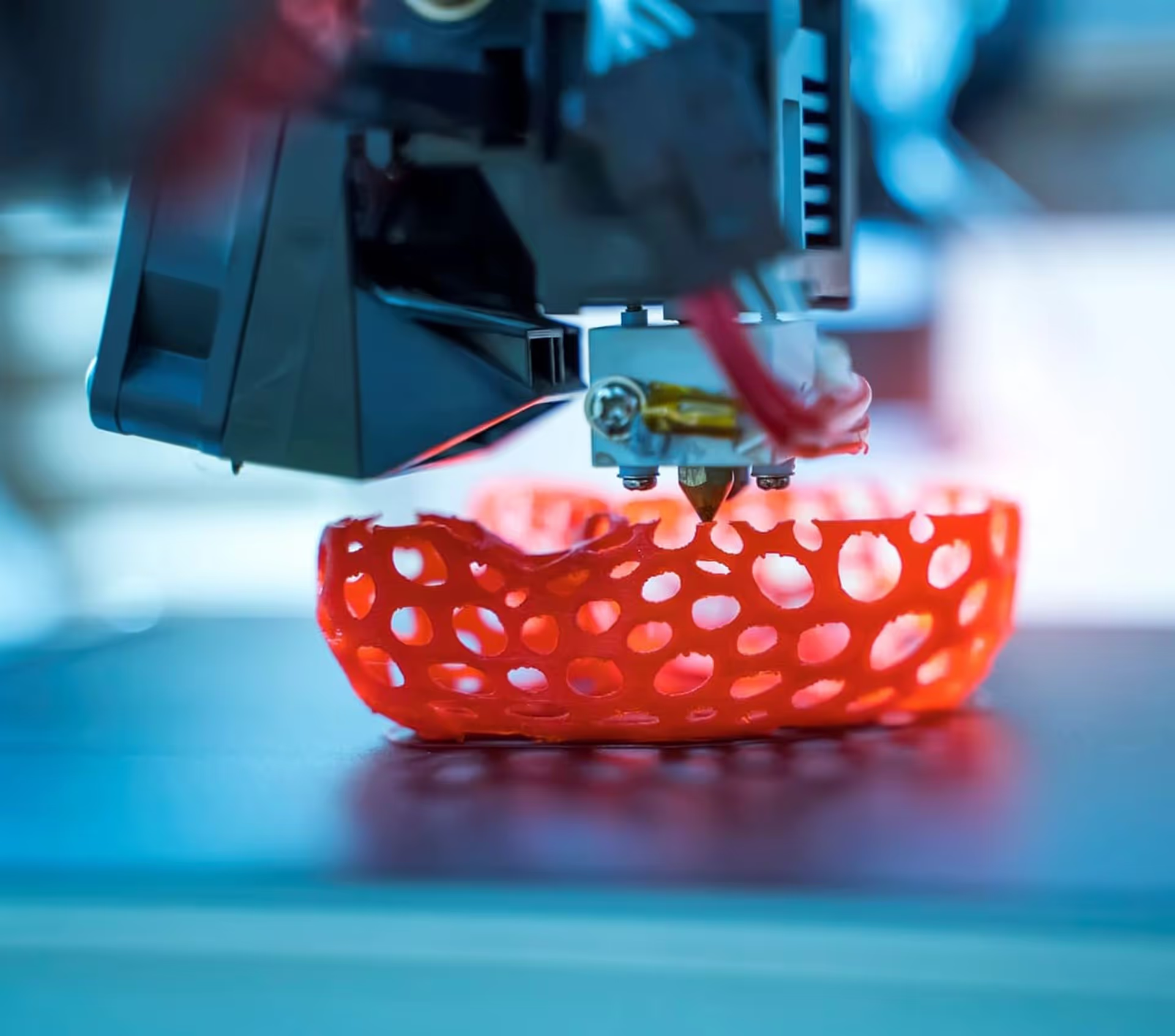
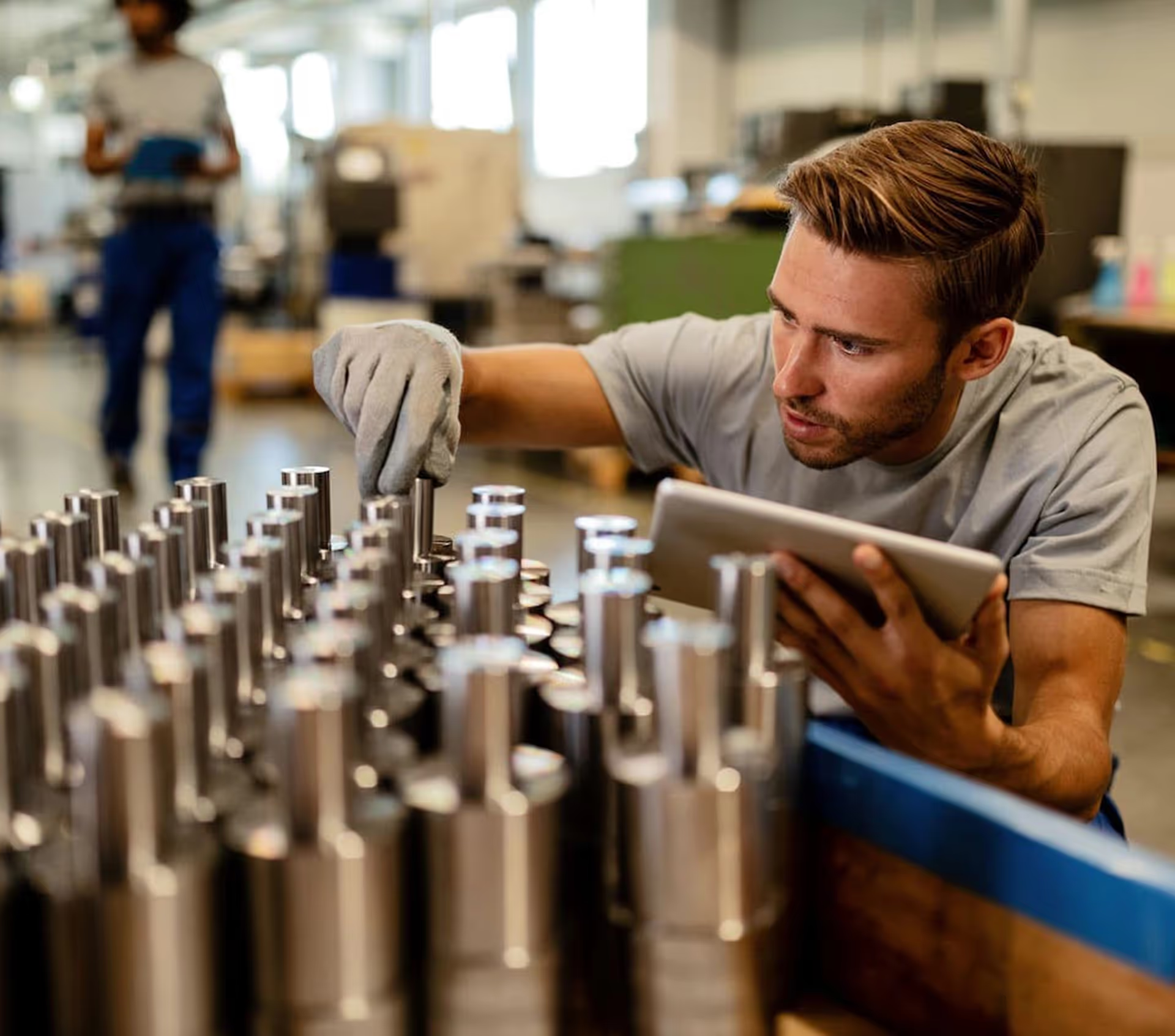
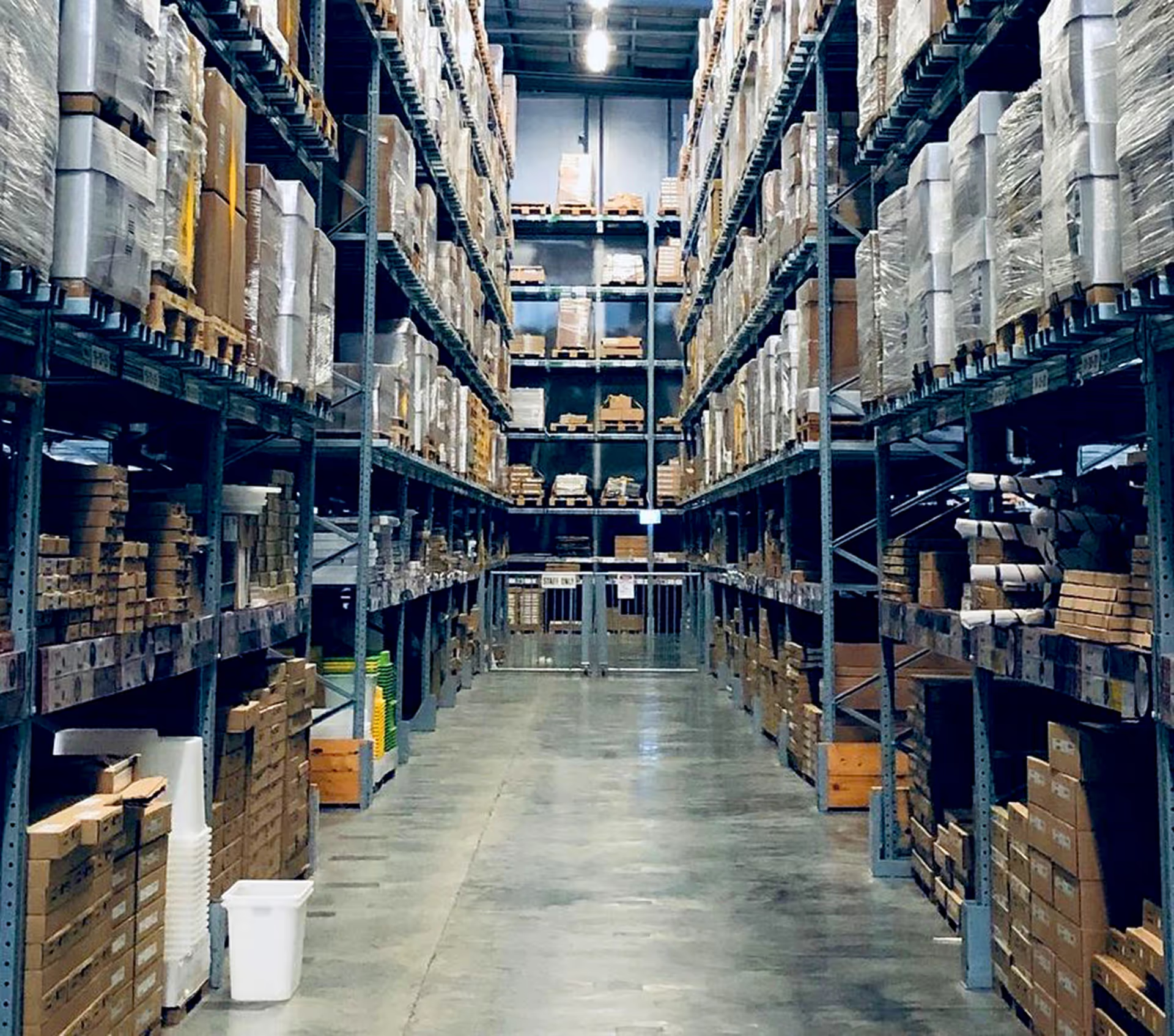


.png)
